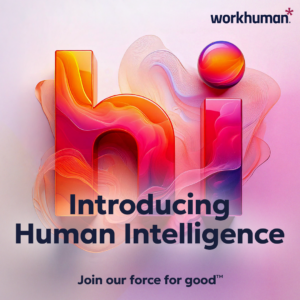
The Upskilling Imperative: Elevating Talent to Thrive in the Modern Workplace
Sponsored by Workhuman. In today’s rapidly evolving workplace, upskilling isn’t just an advantage — it’s a necessity. Employees who learn new skills are more engaged,

Sponsored by Workhuman. In today’s rapidly evolving workplace, upskilling isn’t just an advantage — it’s a necessity. Employees who learn new skills are more engaged,

Smart companies and leaders are figuring out that rewards and recognition programs have a lasting impact on employees. From a small thank you to quick

Employee Recognition and Rewards are pulling up from the outside and gaining in speed quickly. Companies that are smart are already ahead of the curve
According to a 2013 CEO Institute survey, the number one issue keeping chief executives awake at night was “sourcing and retaining skilled staff.” Yet when PricewaterhouseCoopers
Employee Engagement: individual’s investment of wisdom, skills, energies, creativity and time in the work assigned. We have explored wisdom. Now let’s explore employee skills and
“When eating bamboo sprouts, remember the man who planted them.” — Chinese Proverb Do you find that your life is busier than it’s ever been before?
Employee recognition is meant to boost an employee’s performance. It should motivate. It should reward. It should satisfy. Too often, however, management attention stops at